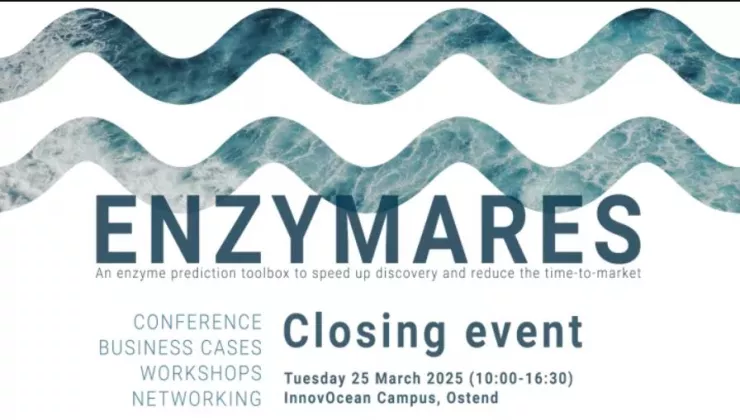Exploring the effects of sand extraction on the sea bottom
As rising sea levels pose a growing concern, the critical question arises: how can we safeguard our coastal areas? Nature-based solutions, such as dune-in-front-of-dike, present promising strategies to not only protect our coastlines but also provide additional ecosystem services, such as the reduction of sand nuisance and promotion of biodiversity.
However, such solutions require a high quantity of sand and with the current rate of sand extraction, high-quality offshore sand resources in existing Belgian extraction areas will be depleted within 80 years. Therefore, the SUSANA project (Sustainable use of sand in nature-based solutions) investigates how we can (re)use sand from alternative areas, such as dredge disposal sites.
For these nature-based solutions to be sustainable, it is crucial to understand how sand extraction activities affect the functioning of the marine benthic (= seafloor) ecosystem.
Sierra Ventana
In search for answers, the Flanders Research Institute of Agriculture, Fisheries and Food (ILVO), in collaboration with Ghent University, visited the ‘Sierra Ventana’ sand extraction zone aboard the RV Belgica last September. Having previously sampled three other extraction areas over the past two years – Thorntonbank, Oostdyck, and Noordhinder – Sierra Ventana marked our final destination.
The extraction area ‘Sierra Ventana’ stands out due to its relatively fine sand fractions compared to the coarser-grained nature of the other extraction zones. Additionally, the Sierra Ventana serves a dual purpose, functioning not only as a sand extraction site but also as a dumping site. As a result, sand reserves in this zone are occasionally replenished through the deposition of dredged material, allowing the reuse of the sand.

Sampling
To assess the impact of sand extraction on the benthic ecosystem functioning in Sierra Ventana, we strategically identified impact and reference sampling locations based on the latest extraction activities carried out by the trailing suction hopper dredgers. This approach allowed us to pinpoint the most recently and intensely extracted zone within the sector.
What is ecosystem functioning and why is it important?
Ecosystem functioning encompasses the interaction of all natural processes that sustain an ecosystem. It includes the interplay between living organisms, their physical environment, and the biogeochemical cycles (e.g. carbon and nitrogen cycles) that together influence the flow of energy and matter within an ecosystem.
Examples of such natural processes include the regulation of populations, the cycling of nutrients, and the flow of carbon through an ecosystem, all of which contribute to the ecosystem’s stability and resilience. Healthy and stable ecosystems deliver valuable ecosystem services which in turn contribute to our human well-being (Naeem et al., 1999; Reiss et al., 2009).
Once the sampling locations were defined, we deployed a box core on the seabed to collect undisturbed sediment samples from the top 15 cm. From these box core samples, we measured no less than 14 different biological, physical and chemical parameters.
These measurements were carried out in both an impact zone and a reference (unimpacted) zone. Sampling such a range of different variables will allow us to cover important natural processes that sustain the benthic ecosystem (e.g. carbon cycling).

References
Naeem, S., Chapin Iii, F. S., Costanza, R., Ehrlich, P. R., Golley, F. B., Hooper, D. U., Lawton, J. H., O’Neill, R. v., Mooney, H. A., Sala, O. E., Symstad, A. J., & Tilman, D. (1999). Biodiversity and Ecosystem Functioning: Maintaining Natural Life Support Processes. Issues in Ecology, 4(11).
Reiss, J., Bridle, J. R., Montoya, J. M., & Woodward, G. (2009). Emerging horizons in biodiversity and ecosystem functioning research. Trends in Ecology and Evolution, 24(9), 505–514.
Copyright
This report was prepared by:
- Nanou Goedefroo, researcher at Flanders Research Institute for Agriculture, Fisheries and Food (ILVO) and the Marine Biology Group at Ghent University; and
- Abril Reynés Cardona, researcher the Marine Biology Group at Ghent University and in the Marine Ecology and Management (MAREM) team at the Royal Belgian Institute of Natural Sciences (RBINS).
All rights reserved. Nothing included in this report may be made public and/or reproduced by means of printing, photocopying, microfilm or any other method without the prior written permission of the authors.

